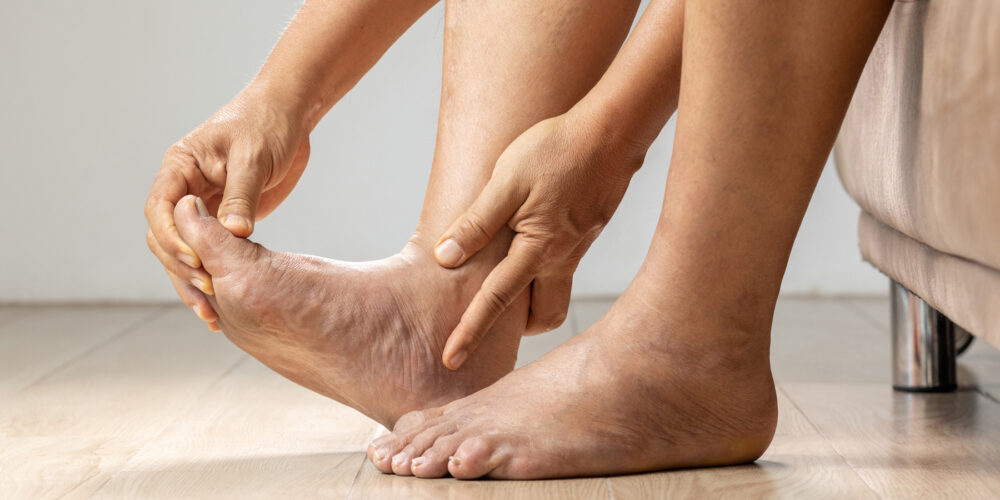Mallet toe most commonly affects the longest toe on the foot, although any toe can be affected. It causes the joint closest to the tip of the toe to bend downward. Mallet toe is most frequently caused by structural problems in the toe or from wearing poor fitting shoes. It is important to diagnose and treat mallet toe early when the joints are still flexible, because the condition tends to become worse over time. Joints that become rigid or fixed can require surgery to place the bones in proper position.
Mallet Toe Symptoms
The symptoms of mallet toe are progressive, meaning that they get worse over time. Mallet toe causes the end joint on the toe to bend downward. At first, the joint may be moveable, but overtime, the joint can become fixed or rigid. The affected toe may be painful or irritated, especially when you wear shoes. Areas of thickened skin (corns) may develop between, on top of, or at the end of your toes. Thickened skin (calluses) may appear on the bottom of your toe or the ball of your foot. You may not be able to find a pair of shoes that are comfortable, and it could eventually interfere with your ability to walk.






